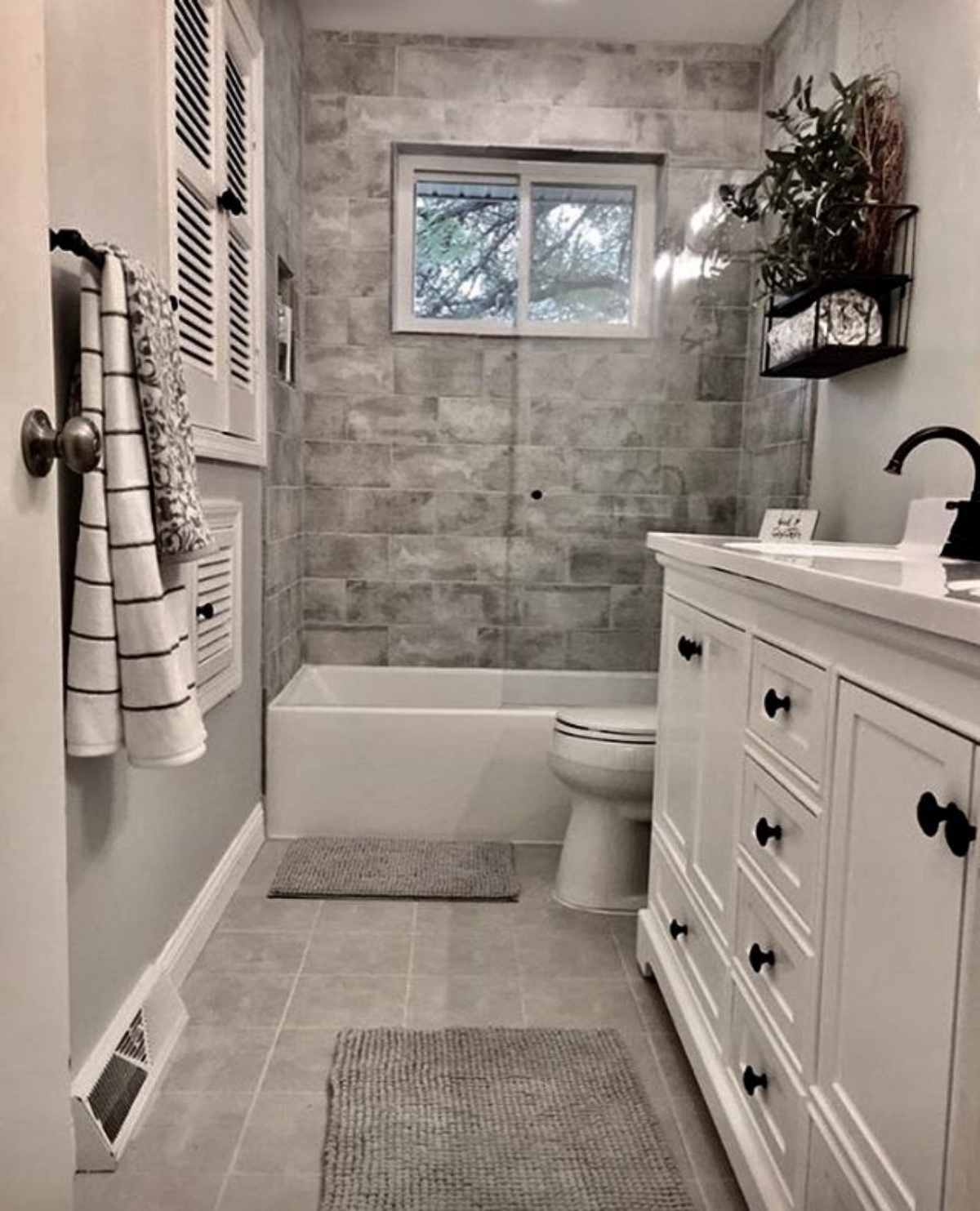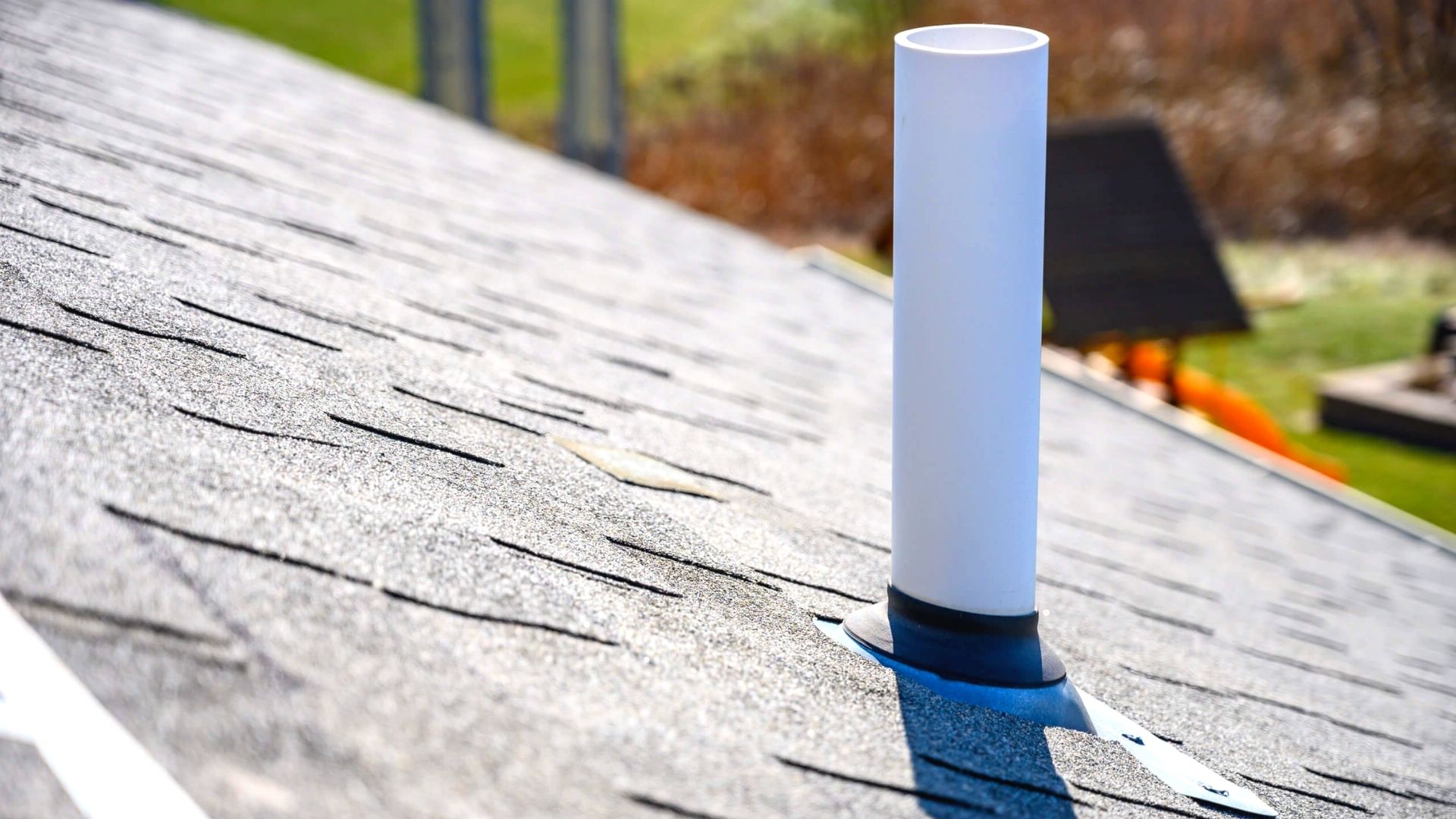Exploring The Importance of Proper Ventilation in Plumbing Systems
Exploring The Importance of Proper Ventilation in Plumbing Systems
Blog Article
In this article on the next paragraphs you will find lots of decent information in regards to What Are Plumbing Vents and Why Are They Important?.

Appropriate air flow in plumbing systems is commonly overlooked, yet it is essential for maintaining the functionality and safety of your home's plumbing. Ventilation helps manage air pressure, prevent the accumulation of damaging gases, and ensure the effective removal of waste. In this guide, we will discover the importance of correct plumbing ventilation, exactly how it works, and the advantages it brings to your plumbing system.
Just How Ventilation Functions in Pipes Solutions
Air Pressure Policy
Correct air flow keeps well balanced atmospheric pressure within the pipes system. When water flows via pipelines, it displaces air. Without appropriate ventilation, this displacement can produce negative pressure, resulting in reduce drains or siphoning of water from catches, which can trigger undesirable odors to leak into the home.
Preventing Sewage System Gas Buildup
Among the most crucial features of plumbing vents is to avoid sewage system gases, such as methane and hydrogen sulfide, from collecting within the home. These gases can position severe wellness dangers and are very combustible. Vent pipelines enable these gases to escape securely outside.
Aiding in Waste Removal
Air flow helps in the effective elimination of wastewater by stopping airlocks in the drainage system. When air can stream freely through the vents, it permits water and waste to stream smoothly with the pipelines, lowering the threat of obstructions and back-ups.
Advantages of Proper Ventilation
Boosted System Effectiveness
Appropriately aerated plumbing systems run extra effectively, with fewer blockages, faster draining, and less stress on the pipelines. This efficiency prolongs the lifespan of the plumbing system.
Improved Air Quality
By stopping drain gases from entering your home, proper air flow contributes to much better indoor air quality, making your living setting healthier and much more comfortable.
Preventing Water Damages
Ample ventilation aids avoid water from being siphoned out of traps, which can bring about drain gases going into the home and creating water damages with time.
Steps to Ensure Correct Air Flow
Consulting Plumbing Codes
Constantly consult neighborhood pipes codes when developing or modifying your pipes system. These codes offer the essential standards for proper airing vent and ensure your system fulfills security standards.
Normal Evaluation and Upkeep
Regular inspections can assist identify prospective air flow concerns prior to they become significant troubles. Maintenance jobs, such as cleaning vent pipelines and looking for clogs, are vital for maintaining the system in good working order.
Specialist Installment
For new setups or major adjustments, it's smart to employ an expert plumber. They have the competence to make sure the air flow system is correctly made and mounted according to code.
Comprehending Ventilation in Pipes
Air flow in plumbing refers to the network of pipelines that allow air to move with the water drainage system. These vents offer multiple objectives, consisting of controling atmospheric pressure within the pipelines, avoiding sewer gases from getting in the home, and assisting in the smooth flow of wastewater.
Kinds Of Plumbing Vents
Main Heap Vent
The primary stack vent, additionally referred to as the vent stack, is the main air vent in a pipes system. It prolongs from the main drain line up through the roofing system, enabling gases to escape and fresh air to get in the system.
Branch Vent
Branch vents link to the primary pile vent and serve private fixtures, such as sinks, toilets, and showers. These vents guarantee that each component has ample air flow to work correctly.
Air Admittance Valve (AAV).
An Air Admittance Valve (AAV) is a one-way valve that allows air to get in the pipes system without the demand for a traditional air vent pipeline prolonging through the roofing system. AAVs are typically used in renovations or locations where setting up a conventional vent is not practical.
Indications of Poor Ventilation in Pipes.
Slow Draining Fixtures.
If your sinks, tubs, or commodes are draining gradually, it could be an indicator of poor air flow. Inadequate air flow can develop a vacuum impact, making it difficult for water to drain effectively.
Gurgling Sounds.
Gurgling noises originating from drains are commonly an outcome of air being sucked through water traps due to adverse pressure in the pipes. This is a clear indication of insufficient air flow.
Unpleasant Smells.
Sewage system odors inside your home are a red flag that your pipes system is not properly ventilated. This can imply that sewage system gases are not being adequately aired vent outside, leading to possibly hazardous problems.
Common Ventilation Blunders.
Poor Vent Sizing.
Using undersized air vent pipelines can result in bad air circulation and pressure imbalances in the system. It's essential to utilize vents that meet the certain demands of your pipes system.
Improper Vent Placement.
Placing vents as well much from the components they offer can decrease their efficiency. Correct placement makes sure that air can move openly and efficiently through the system.
Ignoring Code Demands.
Building ordinance give particular guidelines for pipes air flow. Disregarding these codes can cause a system that falls short to function appropriately and might bring about expensive repairs or carcinogen.
Verdict.
Proper air flow is a vital element of any pipes system, ensuring that it operates successfully and safely. By comprehending the relevance of air flow, identifying the indicators of bad air flow, and taking actions to preserve your system, you can stop costly problems and shield your home's air top quality.
4 Things You Should Know About Your Plumbing Vents
What Plumbing Vents Are
Also called a vent stack, a plumbing vent is a vertical pipe attached to your drain line that runs through your roof. The plumbing vent pipe, or plumbing air vent, removes gas and odors from your plumbing system and allows fresh air to enter the pipes, helping the water to flow out of the drain pipes.
What Plumbing Vents Do
Plumbing vents have two basic functions. One of which is to allow unpleasant smelling wastewater and sewer gasses to escape your plumbing system instead of entering your home. Plumbing vent pipes are typically located on roofs, away from windows, to ensure the fumes exit the home completely.
The other function of the plumbing vent is to move fresh air into your plumbing system. This helps move water through every plumbing fixture in your house, like toilets and sink drains. Think of the way in which you need to let a little air into the bottle as you pour soda in order to make the drink flow smoothly.
Different Types of Plumbing Vents
True vent: This is the most common vent option. In simplest terms, a true vent is a vertical pipe attached to your drain line that exits through the roof. They often function as the main vent that other fixtures can connect to. Re-vent pipe or auxiliary vent: Attached to the drain line near specific plumbing fixtures, re-vent pipes run up and over to connect to the main vent. Common vent: Two plumbing fixtures installed on opposite sides of a wall are typically tied into the vent stack using something known as a sanitary cross. Wet vent: This venting option operates as a drain pipe and a vent at the same time. Wet vent drainage systems drain water from one fixture while venting the air from another. Although they’ve been used for over 100 years, wet vent systems have only recently been added to the plumbing code in many areas. If you’re planning on installing one in a bathroom remodel, make sure you check your local code prior to construction. Loop vent: For free-standing fixtures like kitchen island sinks, loop vents are ideal. These vent pipes run under the floor, rise from the P-trap, and create a loop inside the cabinet sink. Air admittance valve: An AAV is a one-way mechanical valve typically installed at the site of the plumbing fixture. AAVs allow venting to occur without having to tie into a larger venting system. They’re ideal for venting fixtures where you aren’t able to easily connect to an existing vent system. Common Plumbing Vent Issues
Although vent pipes typically don’t have water flowing through them, they’re still subject to many typical plumbing issues. For example, clogs are one of the most common problems associated with sewer vent pipes. If your vent pipe gets clogged, all of your plumbing fixtures tied into the vent stack will be affected.
A sink with a slow drain that bubbles and gurgles or a strong sewage smell around your toilet are both indicators that your toilet vent pipe is clogged. Because most vent pipes exit through the roof, old leaves, twigs or even a bird’s nest could be clogging the pipe.
Clogs in your vent pipe system cause a buildup of negative pressure, meaning that water won’t be able to flow out of your home very well. It’s similar to putting your finger over the opening of a straw to trap water inside. When you remove your finger, the water is able to flow out of the straw.
If you suspect you have any blockage in your vent, make sure you have a professional come examine the situation. Left unchecked, a blocked air vent can lead to other costly repairs, like leaks and sediment buildup.
Under Pressure
Pipe vents are essential aspects of a home’s plumbing system. Owning a home means learning about all sorts of things you never put much thought into before. But by understanding as much as you can about the important systems of your home, you can keep those budgets intact and those anxiety levels low.
https://www.homeserve.com/en-us/blog/home-improvement/plumbing-vents/

I discovered that piece on Why Plumbing Air Vents Are Important while exploring the web. In case you liked our blog posting if you please consider to share it. Thank you for your time. Return soon.
Click Here Report this page